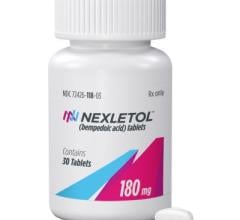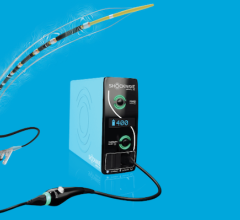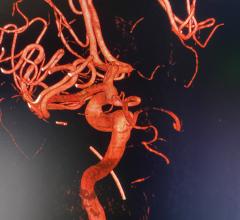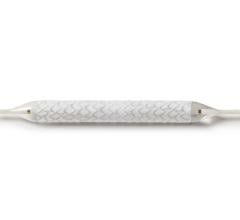News | July 22, 2014
SCAI Publishes Expert Consensus Recommendations for Treating Below-the-Knee Peripheral Artery Disease
July 22, 2014 -- The incidences of obesity and diabetes are increasing, and with them the number of patients with peripheral artery disease (PAD) in the arteries of the limbs. A new series of expert consensus recommendations developed by the Society for Cardiovascular Angiography and Interventions (SCAI) will help physicians determine the best course of action for patients whose blockages reduce blood flow to their limbs, putting them at risk for gangrene and amputation. The third paper in the series, e-published in Catheterization and Cardiovascular Interventions, outlines recommendations for treating infrapopliteal (IP), or “below-the-knee,” arterial disease.
Elderly patients and those with long-standing diabetes or chronic kidney disease are at greatest risk of developing such blockages, which can progress to critical limb ischemia (CLI), a painful and chronic condition that can lead to amputation. As the population ages and the number of patients with diabetes rises, the rate of CLI is expected to increase.
“Treating patients with IP arterial disease and CLI can relieve pain, heal ulcerations, preserve limbs and improve quality of life and function,” said Bruce H. Gray, D.O., FSCAI, professor of surgery/vascular medicine, University of South Carolina School of Medicine, and lead author of the consensus paper. “Depending on the patient’s condition, open surgery, an endovascular intervention or amputation are considered appropriate courses of action. These new recommendations aim to help guide physicians to make the best care decisions when an endovascular approach is appropriate.”
The expert panel reviewed scientific data on each CLI treatment option, including balloon angioplasty, stents, atherectomy, as well as experimental therapies such as drug-coated balloons.Patients with severe disease, those with pain at rest and those with minor or major tissue loss should be considered for revascularization, with either surgery or endovascular treatment to prevent amputation or improve healing following amputation. Currently there is insufficient evidence to support treatment in those with asymptomatic disease.This document is the latest in SCAI’s series of recommendations for treating PAD. Previous documents included “SCAI Expert Consensus Document for Aorto-Iliac Arterial Intervention Appropriate Use” and “SCAI Expert Consensus Document for Femoral-Popliteal Arterial Intervention Appropriate Use.” The final document in the series will focus on renal artery stenosis and will be published in Catheterization and Cardiovascular Interventions later this summer.
“SCAI is committed to providing physicians with the necessary tools to appropriately diagnose and treat patients,” said SCAI 2014-15 President Charles Chambers, M.D., FSCAI. “These recommendations were developed based on our belief that patient safety and quality should always be physicians’ top priority.” The paper, titled “SCAI Expert Consensus Statement for Infrapopliteal Arterial Intervention Appropriate Use,” is e-published in Catheterization and Cardiovascular Interventions.
For more information: www.SCAI.org
© Copyright Wainscot Media. All Rights Reserved.
Subscribe Now

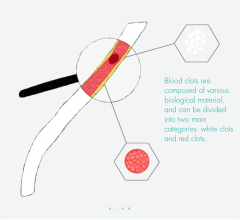
 December 16, 2024
December 16, 2024 
